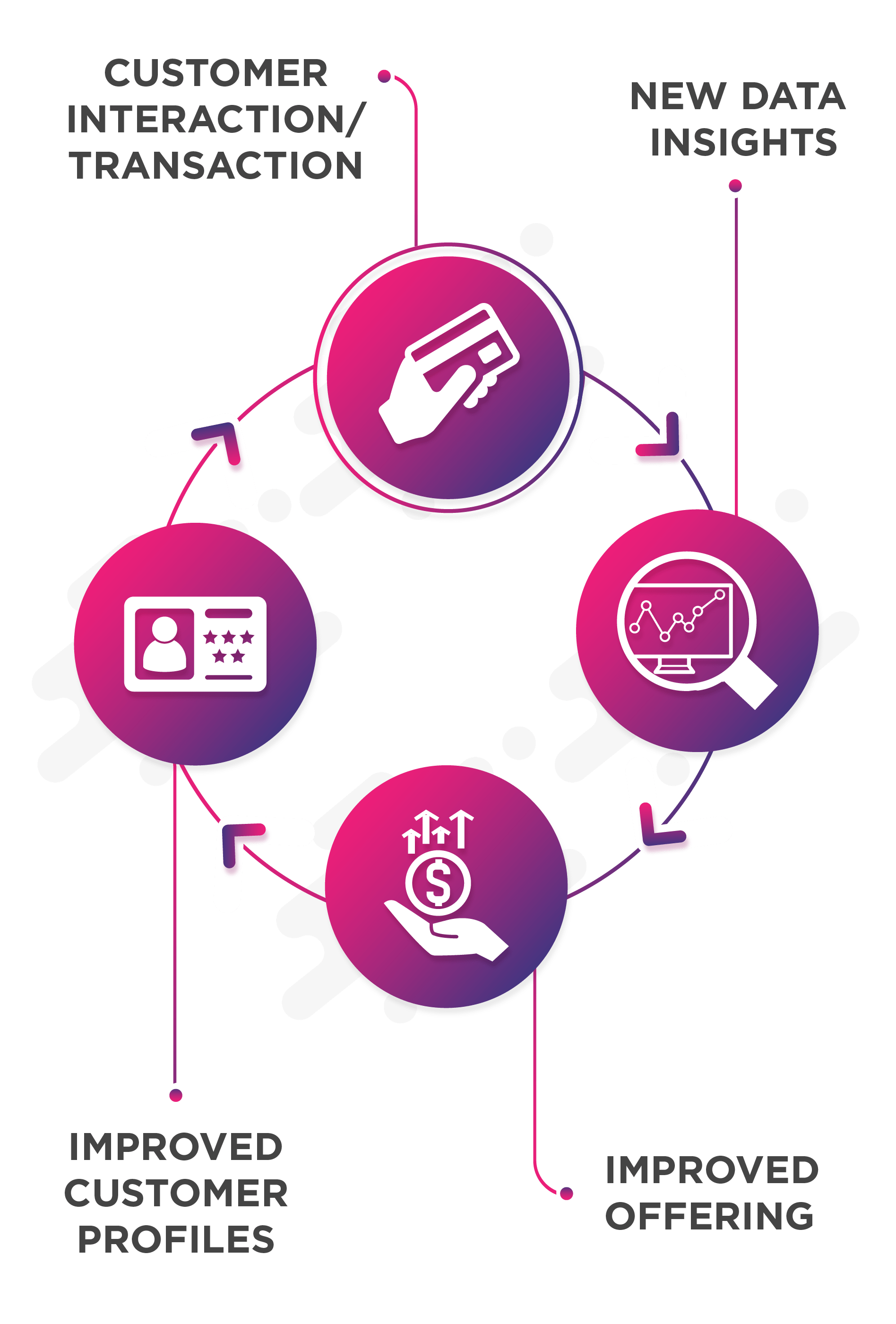
It’s been a long week packed with marketing meetings. Weary and tired, all you want to do is to catch the last flight out of the city and head back home for the week-end.
As you step aboard the plane, the stewardess bows with folded hands and greets you by your name. You’re amused and smiling now as you walk towards your seat. Savvy marketeer that you are, you think to yourself!


Dinner done, and the trays cleared away, you snuggle comfortably into your seat wondering at how well the airline knows you. The stewardess comes by again this time with the in-flight shopping brochure.


As you disembark, you’re pinching yourself to check whether you’re dreaming. And then savvy marketeer that you are, you’re reminded that truly the age of hyper-personalization has arrived.
A far-fetched dream or fast-evolving reality?
Simple personalization is old-hat. We are in the age of hyper-personalization. With the dramatic explosion of consumer data available, brands across industries are moving along the personalization maturity curve. Let’s look at what that curve actually looks like.
It begins at the low-end with simple personalization where customers are addressed by their names, and other personalized fields are included in messaging directed at them. Higher along the curve lies rules-based segmentation, where customer messaging is developed around various demographic profiles. But that’s about as far as most brands go.
The truly innovative companies are much further ahead, leveraging automation and artificial intelligence to gain deep customer behavior insights through data analytics. Their messaging not only contains highly-tailored recommendations, but is also optimized for an omni-channel world.
At the zenith of the curve, where only a handful of brands operate, lies the world of predictive personalization. Here, customer needs are anticipated and seamlessly catered right at the moment of conception. Fraying travel bag anyone?
Fast-forward to hyper-personalization
Every shift has its early-adopters and its laggards. But the early-adopters are now the masters of hyper-personalization. Brands like Amazon, Youtube, Netflix, among others, have developed deep customer loyalties through their adept understanding and use of hyper-personalization. Many stories of customer delight and ‘wow!’ moments driven by seemingly-miraculous personalization, abound all across social media.


It’s a virtuous cycle of increasing customer recognition arising out of a deep human need – the need to be understood and catered to, at an individual level, and not as a number or a statistic. The brands that get this play right are the ones who will win the customer delight and loyalty battles.
The brass-tacks to moving along the curve
If the concept has just caught your fancy, perhaps it’s high time you got into the game! Start small and experiment with simple personalization in your marketing emails, app notifications, and messages. Next identify segments within your customer base and develop specific and directed messaging. Experiment for successful outcomes by playing around with imagery, verbiage, tonality, length, medium, and channel. Begin analyzing social media responses, website behavior trends, integrate results from customer surveys, and collect all other types of data available to your industry. Around this time, you will feel the need to identify a marketing automation platform that can handle analysis at scale, and the talent pool that can understand and utilize the insights that emerge. As your team’s skills and capabilities mature, they will be able to conceptualize and deliver hyper-personalized messaging and experiences that are real-time and impactful.
An abandoned shopping cart? No problem. Analyze past purchases, browsing behavior, integrate that with learning from customer segment behavior, tweak the message to suit the channel, and hey presto! The customer is nibbling again.


An abandoned shopping cart? No problem. Analyze past purchases, browsing behavior, integrate that with learning from customer segment behavior, tweak the message to suit the channel, and hey presto! The customer is nibbling again.


In the hyper-connected world, hyper-personalization is not a far-fetched fantasy anymore. Customers are getting accustomed to increasingly higher levels of customer delight. Brands that are unable to leverage technology and the wealth of customer data all around, to deliver to sky-high customer expectations will remain laggards. The brands that do make their customers feel like kings and queens with extremely personalized service are the ones that will win.





